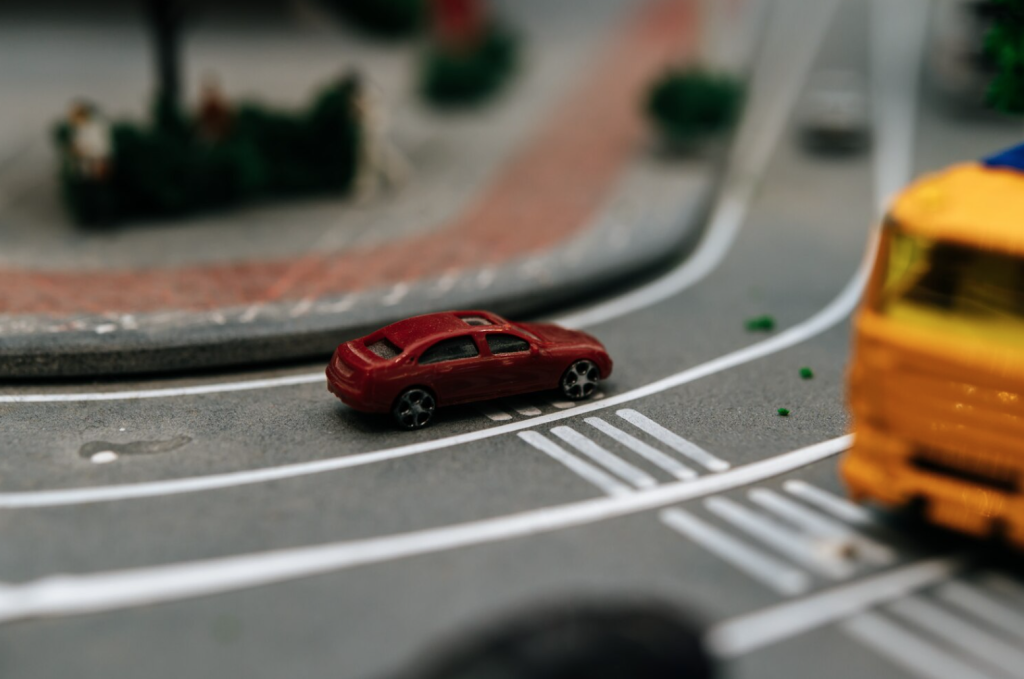Introduction: In the world of motorsports, aerodynamics play a crucial role in maximizing performance on the track. Aero modifications, specifically aimed at increasing downforce, can dramatically improve cornering grip, stability, and overall lap times. While professional-grade aerodynamic enhancements can be costly, there are several do-it-yourself (DIY) options available for enthusiasts looking to boost their car’s downforce without breaking the bank. In this step-by-step guide, we’ll explore DIY aero mods that you can implement to enhance downforce and elevate your track performance.
- Understanding Aerodynamics Basics:
- The importance of downforce: Explaining how downforce increases tire grip and traction, allowing for higher cornering speeds and improved stability.
- Balancing downforce and drag: Understanding the trade-off between generating downforce and minimizing aerodynamic drag for optimal performance.
- Key aerodynamic components: Introducing concepts such as front splitters, rear wings, diffusers, and canards and their roles in shaping airflow and generating downforce.
- DIY Front Splitter Installation:
- Materials and tools needed: Listing materials such as aluminum sheet, carbon fiber, or ABS plastic, along with basic tools like a jigsaw, drill, and fasteners.
- Design considerations: Planning the shape, size, and angle of the front splitter to optimize downforce while minimizing drag.
- Fabrication and installation: Step-by-step instructions for cutting, shaping, and mounting the front splitter to the front bumper or chassis using brackets or mounting rods.
- Building a Rear Wing:
- Choosing the right design: Exploring wing profiles, angles of attack, and endplate configurations to tailor downforce levels to your car’s characteristics and track conditions.
- Construction materials: Discussing options for constructing the wing, including aluminum, fiberglass, or carbon fiber, depending on budget and performance goals.
- Mounting and installation: Guidance on mounting the rear wing securely to the vehicle’s trunk or rear hatch using brackets or custom mounts, ensuring proper alignment and aerodynamic effectiveness.
- Implementing a Rear Diffuser:
- Understanding diffuser principles: Explaining how a rear diffuser accelerates airflow under the car, reducing pressure and generating additional downforce.
- Design considerations: Planning the shape, size, and angle of the diffuser to optimize airflow and minimize drag.
- Fabrication and installation: Step-by-step instructions for constructing and mounting the rear diffuser to the underside of the car’s rear bumper or chassis, ensuring proper sealing and integration with the rear wing.
- Additional Aero Enhancements:
- Canards and dive planes: Exploring the use of canards or dive planes to manage airflow around the front of the car, reducing lift and improving high-speed stability.
- Side skirts and underbody panels: Discussing the benefits of side skirts and underbody panels in reducing aerodynamic drag and improving airflow management along the sides and under the car.
- Aerodynamic testing and fine-tuning: Advising on methods for testing and adjusting DIY aero mods to optimize performance, including on-track testing and data analysis.
Conclusion: With careful planning, creativity, and attention to detail, DIY aerodynamic modifications can significantly enhance downforce and improve track performance without the need for expensive aftermarket parts. By following this step-by-step guide and understanding the principles of aerodynamics, enthusiasts can unleash the full potential of their cars on the track, achieving higher cornering speeds, improved stability, and ultimately, better lap times.



